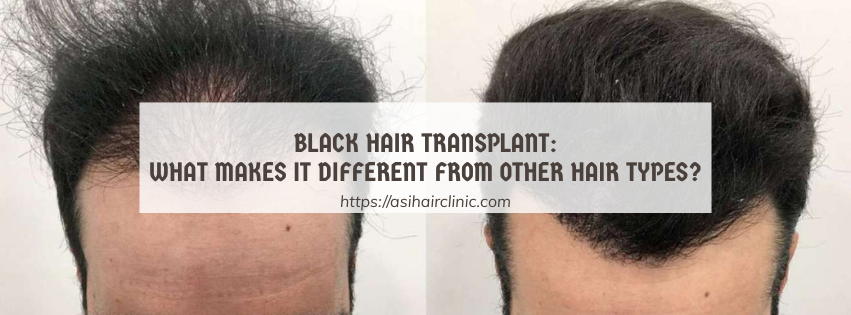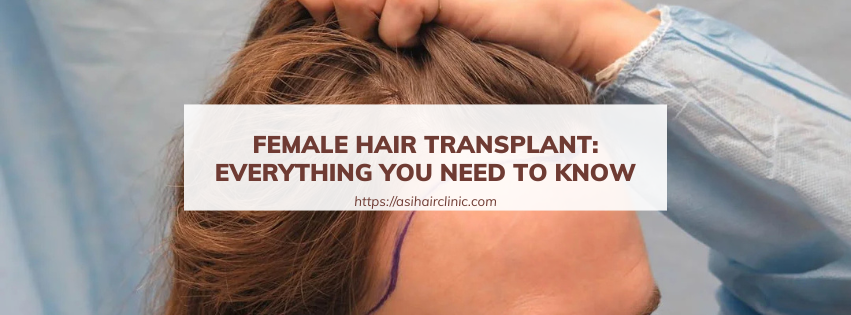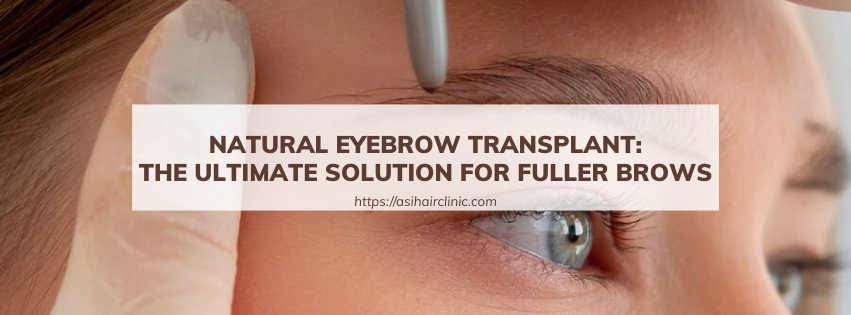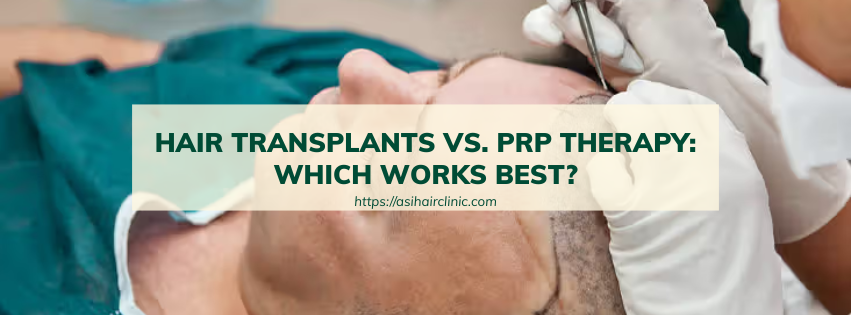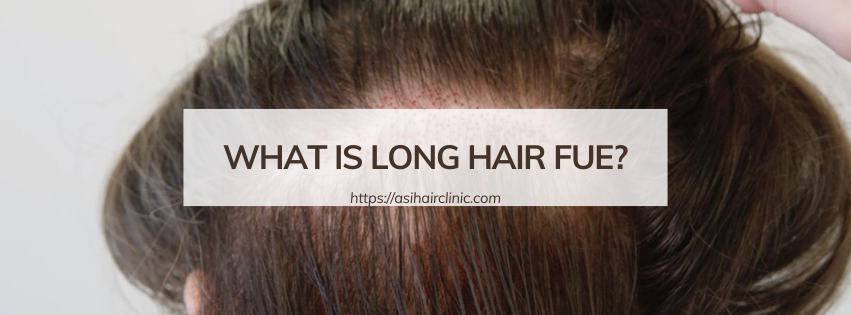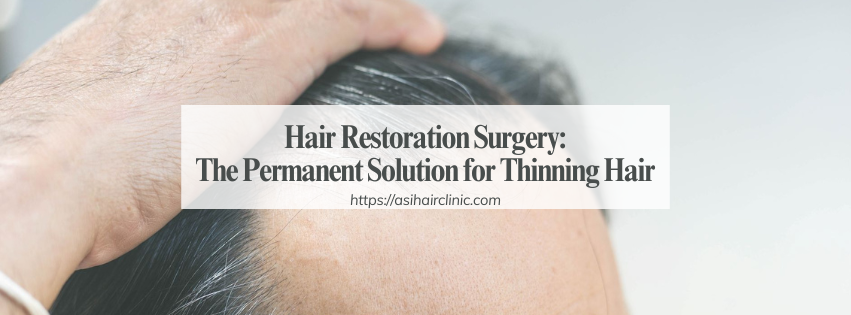Tips for Wearing a Hat After a Hair Transplant
The journey toward regaining lost hair through a hair transplant can be both exhilarating and daunting. For many, this procedure signifies a turning point in their lives-restoring not just hair, but also self-esteem and confidence. However, the post-operative phase is critical and comes with its own set of challenges, particularly when it comes to proper aftercare. One common question arises: how can one effectively wear a hat without compromising the results of the transplant? This article aims to guide you through the nuances and considerations essential for wearing a hat after your hair transplant procedure.
1. Understanding the Importance of Post-Operative Care
After undergoing a hair transplant, the significance of meticulous post-operative care cannot be overstated. The healing process is delicate; the transplanted hair grafts are exceedingly sensitive during the initial stages. Therefore, protecting the investment you’ve made in your appearance involves more than just selecting the right hairstyle-it encompasses maintaining the health of your scalp as well.
Your hair transplant surgeon will likely outline a comprehensive aftercare regimen that includes avoiding pressure on the treated areas, keeping the scalp clean, and refraining from activities that may aggravate the sensitive environment of the newly transplanted follicles. To safeguard these vulnerable grafts, understanding the appropriate use of hats becomes essential, especially since they can serve as an effective barrier against environmental elements.
In essence, every decision you make post-surgery-from how you wash your hair to whether or not you wear a hat-has implications for the success of your transplant. A thoughtful approach will help ensure that your newfound hair flourishes, allowing you to enjoy a fuller head of hair while boosting your confidence.
Determining when it's appropriate to start wearing a hat after your hair transplant is nuanced and varies from person to person. Several factors contribute to this timeline, which ultimately hinges on your individual healing progress.
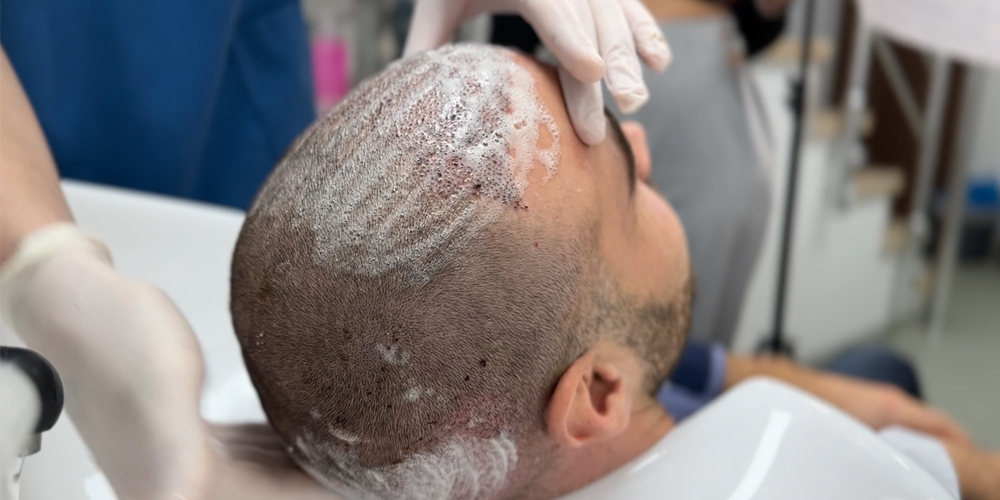
1.1. Type of Hair Transplant Surgery
Different hair transplant methods have distinct recovery timelines. For instance, Follicular Unit Extraction (FUE) tends to offer a quicker recovery compared to Follicular Unit Transplantation (FUT). Each technique has unique characteristics regarding how the hair follicles are harvested and implanted, therefore influencing how quickly you can resume normal activities like wearing a hat.
It's imperative to heed your surgeon's advice on when to reintroduce hats into your wardrobe. They will assess your specific case and provide tailored recommendations based on your surgery type and personal healing rate.
1.2. Individual Healing Rate
No two individuals heal at the same rate. Genetic factors, overall health, and adherence to post-operative instructions all play significant roles in the recovery process. While some may find themselves ready to don a hat within a week, others might take longer. Additionally, factors such as swelling and discomfort can extend this period.
Listening to your body and being mindful of how your scalp feels is crucial. If you experience increased sensitivity or pain, delaying hat-wearing could be beneficial.
1.3. Swelling and Discomfort Considerations
Post-operative swelling and discomfort are expected following a hair transplant. These symptoms can vary widely among individuals, impacting your ability to comfortably wear a hat. If your forehead, temples, or crown is swollen, it’s wise to postpone wearing a hat until the inflammation subsides.
As a general rule of thumb, waiting at least two to three weeks after your procedure before wearing any form of headwear is advisable. During this time, the incisions will begin to heal, and graft stability will improve, minimizing the risk of damage when wearing a hat.
2. Choosing the Right Hat: Materials & Fit
The hat you choose can either support your healing process or hinder it. Therefore, selecting the right materials and ensuring a comfortable fit is crucial for post-transplant care.
2.1. Opting for Breathable Fabrics
When choosing a hat, material matters significantly. The fabric should promote air circulation and minimize moisture accumulation to help protect your sensitive scalp.
Cotton: Cotton is an excellent choice due to its soft and breathable nature. This natural fiber allows air to circulate freely, reducing the chances of excessive heat or moisture build-up, which could lead to infection. Additionally, cotton fabric is gentle on the skin, making it a suitable option for individuals recovering from a hair transplant. Hats made with 100% cotton can provide comfort without irritation, helping maintain the integrity of the grafts.
Linen: Linen offers another viable option thanks to its lightweight and airy properties. This fabric is known for its breathability and moisture-wicking abilities, making it ideal for warmer climates. The loose weave of linen ensures that your scalp can breathe while offering a stylish solution during recovery. Those who appreciate fashion can opt for linen hats, which come in various styles and colors, allowing for personalized expression while prioritizing comfort during the healing process.
Mesh: For those particularly concerned about ventilation, mesh hats can be an excellent alternative. The mesh design allows for maximum airflow, creating a cooling effect that is beneficial during the early recovery stages. However, even with mesh hats, it’s vital to ensure that the inner lining is smooth and free of any abrasive components, as rough edges could irritate the sensitive scalp.

2.2. Avoiding Problematic Materials
While some fabrics are advantageous, others can be detrimental to your healing process.
Wool: Wool is generally best avoided when selecting a hat for post-transplant care. Although it can be warm and cozy, wool fibers can be itchy and irritating against sensitive skin, leading to discomfort and potential complications.
Synthetic Materials: Synthetic materials typically trap heat and moisture, creating an unsuitable environment for healing. These types of fabrics can promote bacterial growth, raising the risk of infections in the post-operative area. Choosing hats made from natural fibers like cotton, linen, or breathable mesh is recommended for optimal healing.
2.3. Ensuring the Right Fit
Beyond material selection, the fit of your hat is paramount. An ill-fitting hat can inadvertently cause harm to the transplanted area.
Loose and Comfortable Fit: Ensure the hat sits loosely on your head. Tight-fitting hats can place undue pressure on the transplanted grafts, risking dislodgement or damage. Aim for a comfortable fit that doesn’t constrict blood flow to the scalp.
Smooth Inner Lining: Consider the inner lining of the hat as well. A smooth and soft interior can prevent friction against the sensitive scalp, reducing the likelihood of irritation. Ensure that there are no seams or tags that could rub against your healing skin.
3. Tips for Wearing a Hat After Hair Transplant
Once you've received the green light to wear a hat and selected an appropriate one, it's essential to abide by certain practices that will aid in your recovery.
3.1. Gentle Handling
Putting on or taking off a hat shouldn't be a rushed or careless affair. It's crucial to handle your new accessory with care, especially given the fragility of the transplanted grafts.
Using Careful Motion: When putting on or removing a hat, make sure to avoid pulling or tugging on the newly transplanted areas. Instead, practice a gentle motion that minimizes contact with the grafts. Always remember, the less agitation, the better for your sensitive scalp.
Limit Contact with the Grafting Area: If possible, try to position the hat so that it sits slightly above the transplanted zones. This careful maneuvering will further reduce the risk of causing any harm to the healing grafts.
3.2. Cleanliness Matters
Maintaining hygiene is a crucial aspect of post-operative care. The cleanliness of your hat is just as important as the cleanliness of your scalp.
Regular Washing: Make it a habit to wash your hats regularly using a gentle detergent. Frequent washing helps eliminate bacteria that may accumulate on the fabric over time. Keeping your hats clean will create a healthier environment for your scalp.
Choose Soft Detergents: Opt for detergents that are suitable for delicate fabrics to avoid any harsh chemicals that may cause irritation to your sensitive scalp. A gentle wash will help maintain the integrity of the hat while ensuring it remains safe for you to wear.
3.3. Monitor Your Scalp
Being vigilant about your scalp's condition is essential during the recovery phase.
Look for Signs of Irritation: Keep a close eye out for signs of irritation or infection, such as redness, swelling, or unexpected pain. If you notice any of these symptoms, consider discontinuing hat usage and consult your surgeon promptly.
Avoid Overdoing It: In the initial stages of recovery, limit the amount of time spent wearing a hat. Allowing your scalp to breathe can speed up the healing process and minimize infection risks.
3.4. Sun Protection
During the healing process, protecting your sensitive scalp from harmful UV rays should be a priority.
Choose a Protective Hat: If you plan to spend time outdoors, select a hat that offers adequate sun protection. Wide-brimmed hats or those with UPF ratings can shield your scalp from direct sunlight, preventing burns and long-term skin damage.
Be Mindful of Outdoor Activities: Be aware of your surroundings and the weather conditions. On particularly sunny days, use additional protective measures, such as sunscreen on exposed areas of the scalp, to ensure your skin remains safeguarded.

4. Addressing Common Concerns
As you navigate the post-operative phase, it’s natural to have questions about the impact of hats on your healing process. Below are answers to some common queries.
4.1. Can I Wear a Shower Cap After a Hair Transplant?
Many people wonder if wearing a shower cap is acceptable after a hair transplant, especially during the early days when scalp protection is needed. Generally, the answer is yes, but caution is advised.
Using a silicone shower cap designed to be soft and non-restrictive can protect your scalp from water exposure without adding unnecessary pressure on the grafts. Just ensure that it fits comfortably and does not rub against your scalp.
4.2. Does Wearing a Hat Increase the Risk of Infection?
Wearing a hat does not inherently elevate the risk of infection, provided that it is clean and made from breathable fabrics. However, it does create a warm and moist environment that could foster bacterial growth if hygiene practices are neglected.
Regularly cleaning your hats and adhering to good hygiene protocols will help mitigate any potential risks associated with wearing headgear during your recovery.
4.3. Can Hats Affect the Transplanted Hair Grafts?
Indeed, improperly fitted or abrasive hats can negatively impact the transplanted grafts. The sensitivity of the grafts makes them susceptible to damage from friction or pressure, so it’s crucial to select hats that fit well and are made from gentle materials.
Always prioritize comfort and avoid wearing anything that causes tension or irritation in the transplant area.
4.4. Can I Wear a Hat While Sleeping?
It’s generally advisable to avoid wearing a hat while sleeping during the early recovery phase. Sleeping without a hat allows your scalp to breathe naturally, fostering a conducive environment for healing.
However, if circumstances necessitate wearing a hat while sleeping, opt for a very loose, soft beanie made of cotton to ensure minimal pressure on the grafts.
5. Beyond the Hat: Other Post-Operative Care Tips
While hats play an essential role in protecting your newly transplanted hair, they are only one aspect of a comprehensive post-operative care routine.
5.1. Medication Compliance
Follow your surgeon's instructions closely regarding prescribed medications. Proper medication can alleviate pain, control inflammation, and combat potential infections-all of which play a role in your healing journey.
Staying committed to this guideline can enhance your recovery experience, ensuring that your body receives optimal support as it heals.
5.2. Scalp Hygiene
Keeping the transplanted area clean is crucial for mitigating risks associated with infection. Follow your surgeon's guidelines for scalp hygiene to maintain cleanliness without causing undue distress to the sensitive area.
Utilize a gentle cleanser and lukewarm water for washing your hair, and avoid scrubbing too aggressively, as this could disrupt the grafts.
5.3. Protecting Against Sun Exposure
Just as you protect your scalp with a suitable hat, it’s equally important to shield it from direct sunlight. For several weeks following your transplant, keep your scalp covered or apply sunscreen to exposed areas to prevent burning and scarring.
5.4. Sleep Position
To minimize swelling and discomfort, try sleeping in an elevated position during the first few nights after surgery. This adjustment can help facilitate better drainage and reduce pressure on the healing area.
5.5. Avoiding Smoking and Alcohol
Both smoking and alcohol consumption can negatively impact your recovery. Nicotine constricts blood vessels, potentially hindering the healing process, while alcohol can lead to dehydration and impede your body’s ability to heal effectively.
Commit to staying away from these substances in the weeks following your hair transplant to maximize your chances of a successful outcome.
5.6. Follow-Up Appointments
Make it a priority to attend all scheduled follow-up appointments with your surgeon. Regular check-ups allow for monitoring your progress and addressing any concerns that may arise during your recovery.
Taking an active role in your post-operative care demonstrates your commitment to achieving the best possible results and fosters open communication with your healthcare provider.
Conclusion
The journey following a hair transplant requires patience, diligence, and informed choices, especially when it comes to wearing a hat. While hats can serve as valuable tools for protection, they must be used carefully to promote optimal healing and protect your investment. From selecting breathable materials to ensuring a comfortable fit, each decision you make influences the outcome of your transplant.
By adhering to the tips outlined in this guide and maintaining open communication with your healthcare team, you can navigate the post-operative landscape confidently and safely. With proper care and attention, you’ll soon enjoy the benefits of a restored hairline and an elevated sense of self-worth that accompanies it.
LATEST POSTS

